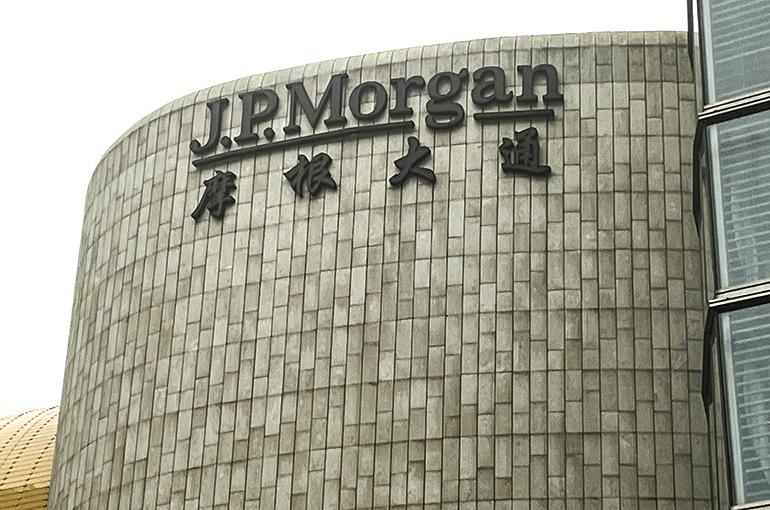 China Is at or Near Cutting Edge of Value Chain, JP Morgan Private Bank's VP Says
China Is at or Near Cutting Edge of Value Chain, JP Morgan Private Bank's VP Says(Yicai) Sept. 25 -- China is already at or near the cutting edge of the value chain, according to the vice president and global investment strategist for JP Morgan Private Bank.
Supply chains in Asia are becoming more diversified and sophisticated, especially as Chinese firms continue to climb the value chain, and the proportion of high-end manufactured goods they produce increases, Chen Weiheng told Yicai at the 2025 FutureChina Global Forum in Singapore.
"Members of the Association of Southeast Asian Nations have different industrial expertise and development levels," Chen noted. "Some economies are more mature, such as Malaysia in the semiconductor and data center industries, while others still focus on primary industries, such as Indonesia in nickel mining and processing."
In recent years, the trade relationship between China and the ASEAN has undergone significant changes, with the latter effectively replacing the United States as China's largest regional export market, Chen said. Last year, about 16 percent of China's exports went to ASEAN, compared with 14 percent to the US.
China once had a long-term trade deficit with the ASEAN in the electronics industry, but in recent years, it shifted to a continuously expanding trade surplus, according to Chen. This not only confirms the improvement of China's dominant position in this field but also reflects the transfer of its production capacity to other markets.
The ASEAN is becoming an increasingly important manufacturing partner, investment destination, and market for Chinese enterprises, a trend that extends beyond the manufacturing sector to the digital economy and entertainment industry, Chen pointed out.
For example, in the e-commerce and mobile gaming industries, Chinese firms have successfully exported their local business and operation models to the ASEAN market.
Southeast Asian countries generally welcome foreign direct investment growth because it helps them enhance their local manufacturing capacity, create jobs, and optimize their labor structure, Chen said. China's FDI in Southeast Asia is expanding, becoming a major source of overseas investment in the region.
The impact of Chinese investment in Southeast Asian countries goes far beyond capital inflow, according to Chen. For example, new energy vehicle and battery projects invested by Chinese firms in Indonesia are driving the upgrade of the local industry and creating jobs in the manufacturing, transportation, and service industries.
Editors: Tang Shihua, Futura Costaglione